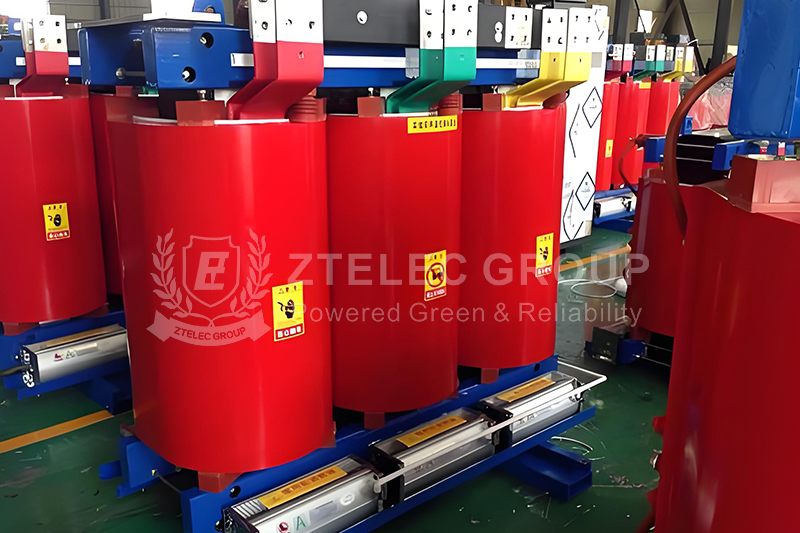The Difference Between the Load and the No-Load of the Transformer
For the novice who just contacts transformer knowledge, there are always some confusing knowledge points in a large number of basic concepts. No-load transformer running and transformer load operation are among them. Although there are a lot of data to explain these two concepts, there are few data to explain the difference between the two. This article will introduce the transformer no-load and transformer load operation respectively, and explain the difference between the two.
Transformer No-Load Operation
No-load operation of a transformer is the working state where the primary winding of the transformer is connected to the power supply and the secondary winding is open. At this point, the current in the primary winding is called the no-load current of the transformer.
Magnetic Field and Induced Electromotive Force
The no-load current produces an unloaded magnetic field. The electromotive force is induced in the primary or secondary winding under the action of the main magnetic field (i.e., the magnetic field that acts on both the primary and secondary winding simultaneously).

Power Consumption and Losses
When the transformer is unloaded, there is no power output on the secondary side, but the primary side still draws a part of the active power from the power grid to compensate for the magnetic flux saturation and the loss of the eddy current caused by the flux saturation in the core. The magnitude of hysteresis loss depends on the frequency of the power supply and the area of the hysteresis loop of the core material. The eddy current loss is directly proportional to the maximum magnetic flux density and the square of the frequency. There are also copper losses caused by the no-load current. For different capacity transformers, the magnitude of no-load current and no-load loss is different.
Transformer Load Operation
Definition
The load operation of a transformer is the working condition where the primary winding is connected to the supply voltage and the secondary winding is connected to a load. At this time, the secondary side of the transformer also has current circulation, the primary side current is correspondingly larger than the no-load current, and the secondary side voltage will be affected by the load.
Normal Periodic Load Operation
1. The transformer can operate at rated current throughout the year under the rated service condition.
2. The transformer is allowed to run periodically over rated current when the average relative aging rate is less than or equal to 1.
3. When the transformer has serious defects, such as an abnormal cooling system, severe oil leakage, local overheating, abnormal analysis results of the dissolved gas in the oil, or weak insulation, it is not suitable for the operation of the over-rated current.
4. Under the normal periodic load operation mode, the allowable load factor K2 and time can be determined according to one of the load guidelines.
The Difference Between the Two
Secondary Coil Operation
The main difference between the operation of the transformer and the operation of the load is mainly reflected in the secondary coil. The load of the secondary coil is operated by the load of the transformer. The power of the secondary coil is large when it is under load, and the secondary coil is open and generates only micro power during no-load operation.
Losses
The transformer uses the principle of electromagnetic induction to change the AC voltage. The main components are primary coils, secondary coils, and cores (magnetic cores). In electrical equipment and wireless circuits, it is often used for lifting voltage, matching impedance, safety isolation, and so on. When the transformer is running in no-load, it only consumes the loss of no-load, that is, iron loss and stray loss, which is about 6% of the total capacity. Load running involves both load and load losses, that is, copper loss, which is the total consumption of the transformer.
This article has introduced the load operation and the no-load operation of the transformer respectively. After laying the groundwork of the basic knowledge, the difference between the two has been explained in detail. It is an article that is very suitable for novices to read. We hope that friends who have doubts about no-load and load can be puzzled after reading this article.









Leave A Comment